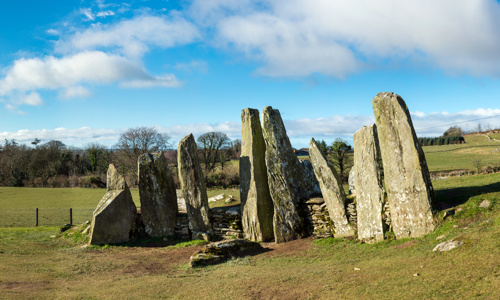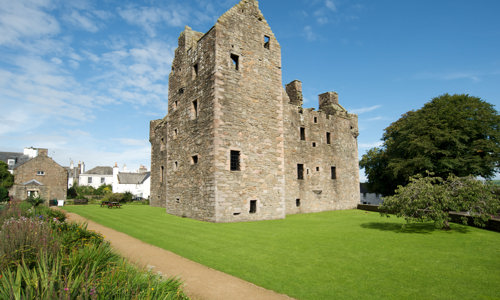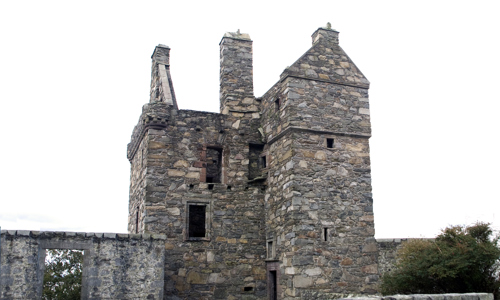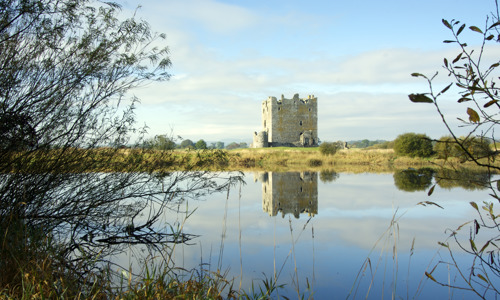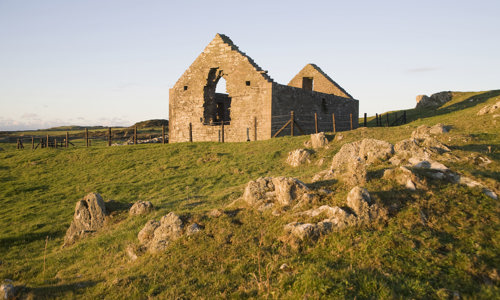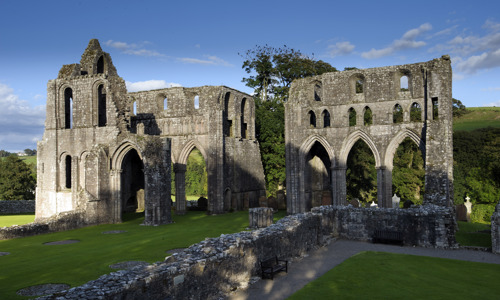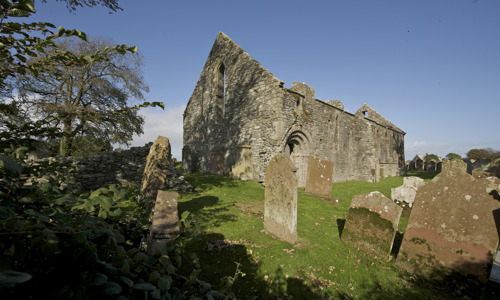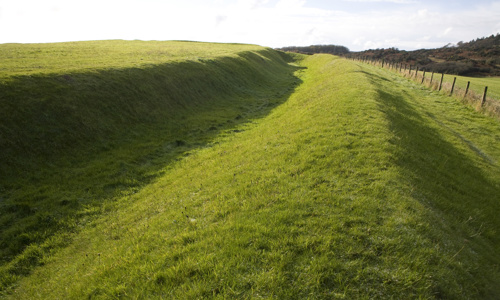History
Cardoness Castle was built in the later 1400s as the fortified residence of the McCullochs and is a fine example of a Scottish tower house castle.
The McCullochs were a prominent Galloway family who had supported John Balliol’s claim to the throne in the 1200s and 1300s. But they were also noted for their lawlessness, even against their own. In 1501, Ninian McCulloch of Cardoness broke into a barn and stole 1,500 assorted beasts belonging to his own mother.
Having been forced to mortgage Cardoness in the 1600s, the McCullochs were unwilling to accept their loss. The castle was acquired by John Gordon, part of a family with which the McCullochs feuded often.
Alexander McCulloch and his son Godfrey committed murderous acts against the Gordons. Godfrey shot and killed John Gordon, a crime for which he was executed on ‘the Maiden’, Edinburgh’s own form of guillotine. He was among its last victims.
A family home
Cardoness was built chiefly as a residence for the McCullochs, a wealthy Galloway family with aspirations. They were already landed gentry in Wigtownshire by the time Gilbert McCulloch acquired Cardoness around 1460, most likely through marriage.
The new lords chose to build a new residence in the latest fashion. The six-storey tower house is effectively a smaller version of the one built at Threave Castle by Archibald the Grim, Lord of Galloway a century earlier.
The simplicity of the tower’s exterior belies its well-planned interior and quality fixtures. The bottom two floors housed storage, as was usual, plus a two-storey pit prison – one of the best surviving in a Scottish tower house – while the upper floors were for the family.
The third-floor dining hall has remarkably fine features surviving. These include a splendid fireplace and aumbry (wall cupboard) for displaying the family’s best tableware. The fourth floor was also originally one large room (the Great Chamber), possibly housing the great four-poster bed. It was later divided into two rooms.
Well defended
Cardoness was also clearly built with defence in mind:
- the tower’s walls are 2.5m thick
- window openings are mostly small
- ground-floor walls have gunholes that look like inverted keyholes – for use with newfangled handguns
- there are almost no windows on the north side
- the entrance doorway had two doors – an outer wooden door and an inner iron yett (cross-barred gate)
The tower house and external buildings – including a great hall where the lord presided over his baron’s court – were enclosed within a formidable stone perimeter wall (now largely gone).
Natural history
The woodland around Cardoness is a local stronghold for red squirrels, which can often be seen feeding in the castle grounds.


